National Treasure!Suzhou password of "Hometown of Fish and Rice"
Author:Purple Niu Choose Time:2022.08.29
After walking in the ancient city of Suzhou, the parallel lattice pattern of water and land has not changed after more than 2,500 years, showing the long and charming Jiangnan water village style. The vast rural land of Suzhou, which is staggered in Hegang and dense lakes, has hidden a longer and more precious special heritage. They are using the "living" form to reproduce the historical scenes of the ancestors' sunrise. They are conveying the wisdom of the ancestors' production and life in the "living" language.
Tangpu Putian, Sanji Fish Ponds, Crab Ponds, Biluo Tea Mountain ... If it is connected to them, it is a peaceful and vast, and the Jiangnan farming civilization and beautiful scroll. They have a common name: agricultural cultural heritage.
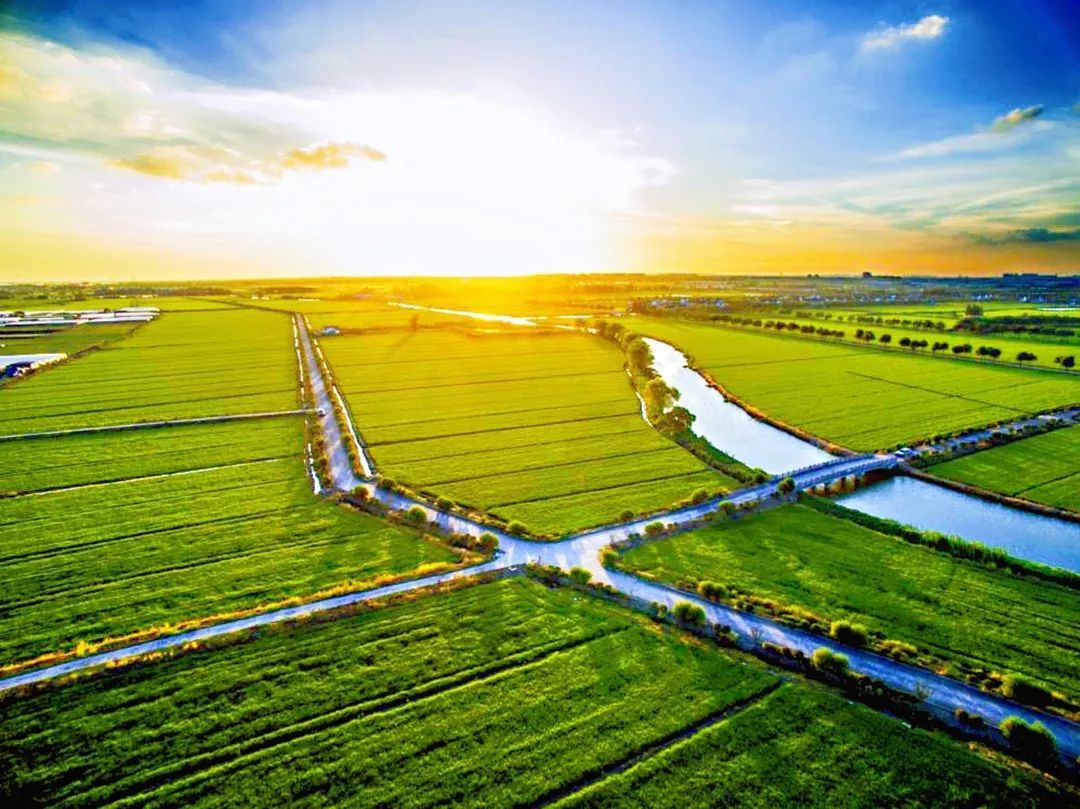
01
Compared with Dujiangyan -Tangpu Putian
Agriculture and water conservancy are inseparable. They all know that Suzhou is the hometown of fish and rice. In fact, the congenital conditions of farming along the coast of Taihu are not superior, and the area along the lake is the land of swamps. Wéi (Wéi) field is a great creation of residents along the Taihu coast in the early history.
The Tangpu Putian system was founded in Spring and Autumn, and it was formed in the Song Dynasty. It has been in use in the Ming and Qing Dynasties. It is the water conservancy and cultural heritage of my country. Experts have evaluated that it is comparable to Dujiangyan in Sichuan and Zheng Guoqu in Guanzhong.
Through Tangpu Putian, the clever ancient people made walls with bamboo fences and wood, and gradually separated the soil and water, forming a criss -crossed river and land that could be cultivated. Among them, the parallel to the shore line of Taihu is called "pond", and the vertical is called "Pu", "溇" and "Hong Kong". dike". The water is outside the stack, and Tian Cheng is in the dwelling, creating a large area of Tangpu Putian.
The core concept of the Tangpu Putian system is to drain the moisture in the wetland through the criss -crossed artificial water network, that is, "Tangpu", and then build a flood embankment on both sides of the river. Units, which separate various units, have multiple functions such as drainage, flood discharge, and irrigation in the system.
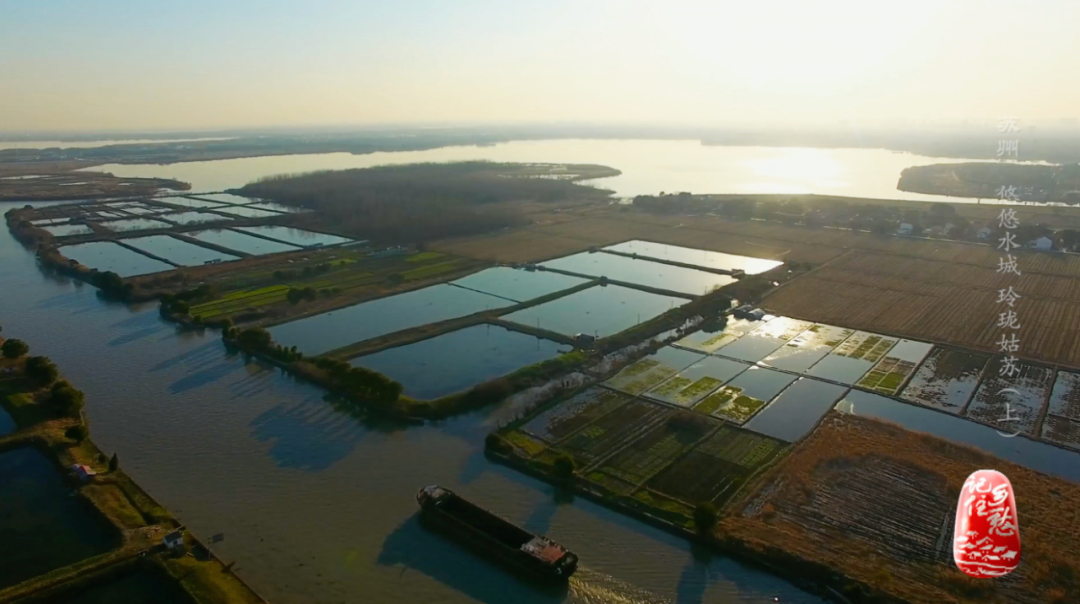
The integration of various functions of Tangpu Putian is still integrated, and it still has strong vitality until now, and the Tangpu Putian project is also a unique cultural landscape of Suzhou in the construction of the Grand Canal Cultural Belt.
The Suzhou ancestors used this technology to make the original low -lying waterlogging land into Liangtian, and accompanied by more artificial river channels, various villages and towns were closer, making Suzhou a "hometown of fish and rice". Later, the well -known "Suhu is familiar, the world is full."
02
Jiangnan Features -Sanji Fish Pond
Thanks to water conservancy facilities like Tangpu Putian. Fish farming in the water, planting rice in the fields, and planting mulberry on the shore have become a special cultivation model in the south of the river. The mud that needs to be cleaned every year in the river pond is the best fertilizer of rice fields and mulberry trees. Mulberry leaves are used to raise silkworms, and silkworm manure can increase the fertilizer of fields and fish and crab ponds. The rice fields, vegetables, fish and crabs, and mulberries are intertwined and interdependent. This artificial ecosystem that is recycling underwater and land is the most advanced agricultural form in China's farming society.
At the starting ceremony of the key project of the Chaoyongpu River · Demonstration Zone held on June 30 this year, the first phase of the Sangji Fish Temple Park in Wujiang was officially started. The first phase of the Sanji Fish Pond Display Park is located in the northwest of the water village living room and the most eastern part of the Fenhu High -tech Zone (Li Li Town), with a total investment of about 250 million yuan.
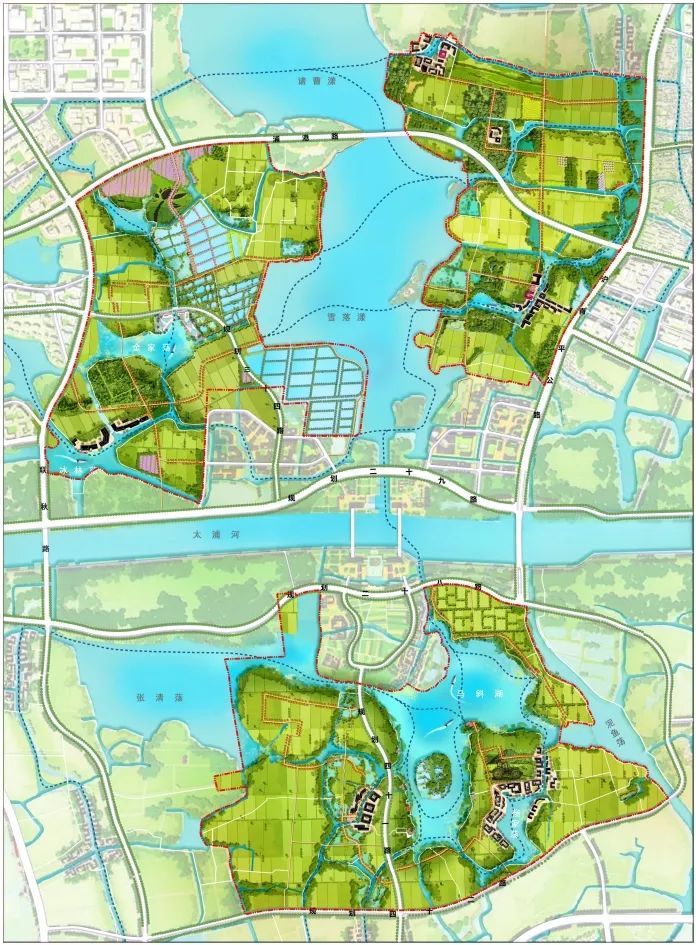
The project is based on the theme of mulberry fish ponds. Through the integration and improvement of Tianshuilu Lincun, the form of the base pond is reshaped, and the traditional ecological agricultural landscape of farming and mulberry fishing symbiosis is concentrated. The project integrates the wisdom of modern ecological technology and traditional water treatment, promotes the strategic goal of achieving sustainable, ecological, low -carbon and green development, and shows the world to the world's water village cultural genes that are new in the countryside.
03
At the beginning of the crab, the crown of crab -even the crab pond
The autumn wind rises, the crab feet itch. After more than a month, Yangcheng Lake hairy crabs, which are strong and covered with yellow, are arrested. But you know that this bite has not only tasted not only food, but also the traditional wisdom of Chinese people who stretches for thousands of years -Suzhou Yangcheng Lake hairy crab composite system.
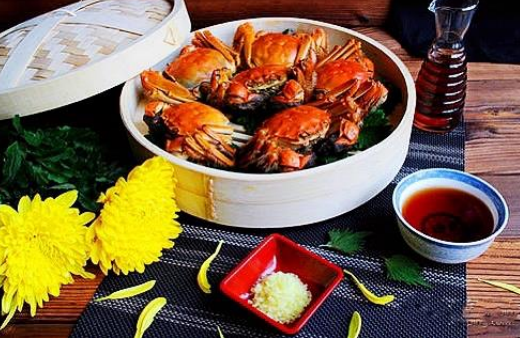
For thousands of years, the people of Suzhou have been made by the lake and water. In the process of collaborating with Yangcheng Lake, the Yangcheng Lake Crab Composite System, which has a unique and self -contained system. In 2021, it was successfully selected into the first batch of provincial levels in Jiangsu Province Important Agricultural Cultural Heritage List.
The system takes Yangcheng Lake hairy crabs as the core industry. It is a rare crab cultural system covering all the growth and development stage of crabs. Style -style water village crab culture.
Yangcheng Lake hairy crabs are known as the "crown of crabs" and exclusively enjoying the "Chinese golden velvet crab". The origin of the crab species in Yangcheng Lake District is very long. Archaeological evidence shows that there are a large number of hairy crab shells located in the Songze Cultural Floor (about 6000 ~ 5300 years from today), located on the shore of today's Yangcheng Lake, which is one of the origin of Chinese velvet crab.
Although China has many crabs and convergence of crabs, only Yangcheng Lake crabs, Shengfang crab, and Huapo crab have been listed as "China's three ancient famous crabs", and they are the only crab species that retain to this day.
04
"Tea Fragrance Drunk Hundred Miles" -Biluo Chashan
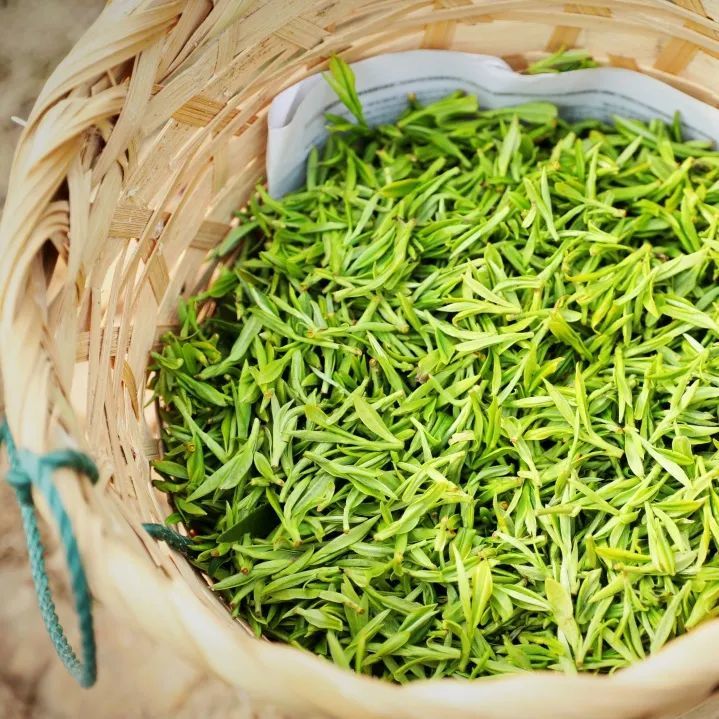
Biluochun tea is one of the top ten famous tea in Suzhou. It is named because of "Qing Tang's turquoise, the shape is like a snail, and the early spring" is known as "fairy in tea" and "the first tea in the world". However, for a long time, people only Daobochun's "tea fragrance is drunk", but few people know the unique mystery of the tea fragrance.
According to historical records, Dongting Mountain tea and fruit rooms were first formed in the Tang Dynasty.Tea and fruit are symbiosis and prosperity, producing a generation of Chaodong Tingshan Biluochun, and also produced more than ten kinds of fruit trees such as loquat, citrus, and bayberry with strong local characteristics.In the tea and fruit, the fruit tree can provide a good growth environment such as covering the sun and frosting snow for the tea trees.At the same time, each other is connected to each other, and the root veins are connected. The tea trees absorb the fragrance of fruit wood such as bayberry and loquats all year round, creating the excellent quality of the unique flower fragrance of Bi Luochun tea in Dongting Mountain.
- END -
Oil Painting Department "One Class in the World" online series lectures 13 lectures ending

On the evening of June 20, 2022, the last lecture of the Online Series Lecture of ...
Nice: These cultural broadcast programs are interesting and interesting
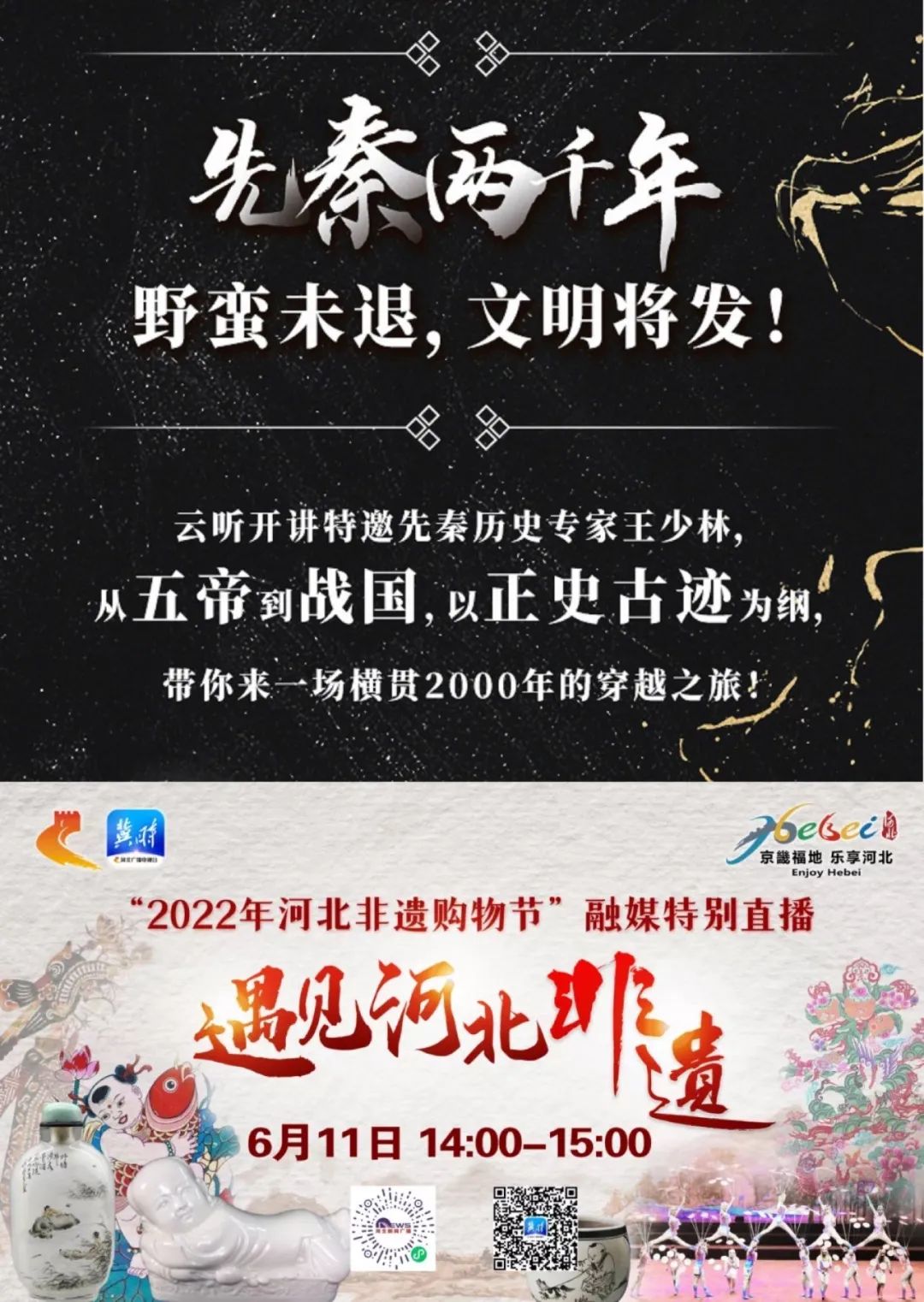
With culture, radio media launched programs such as Fiction Scenery, Blessing in C...